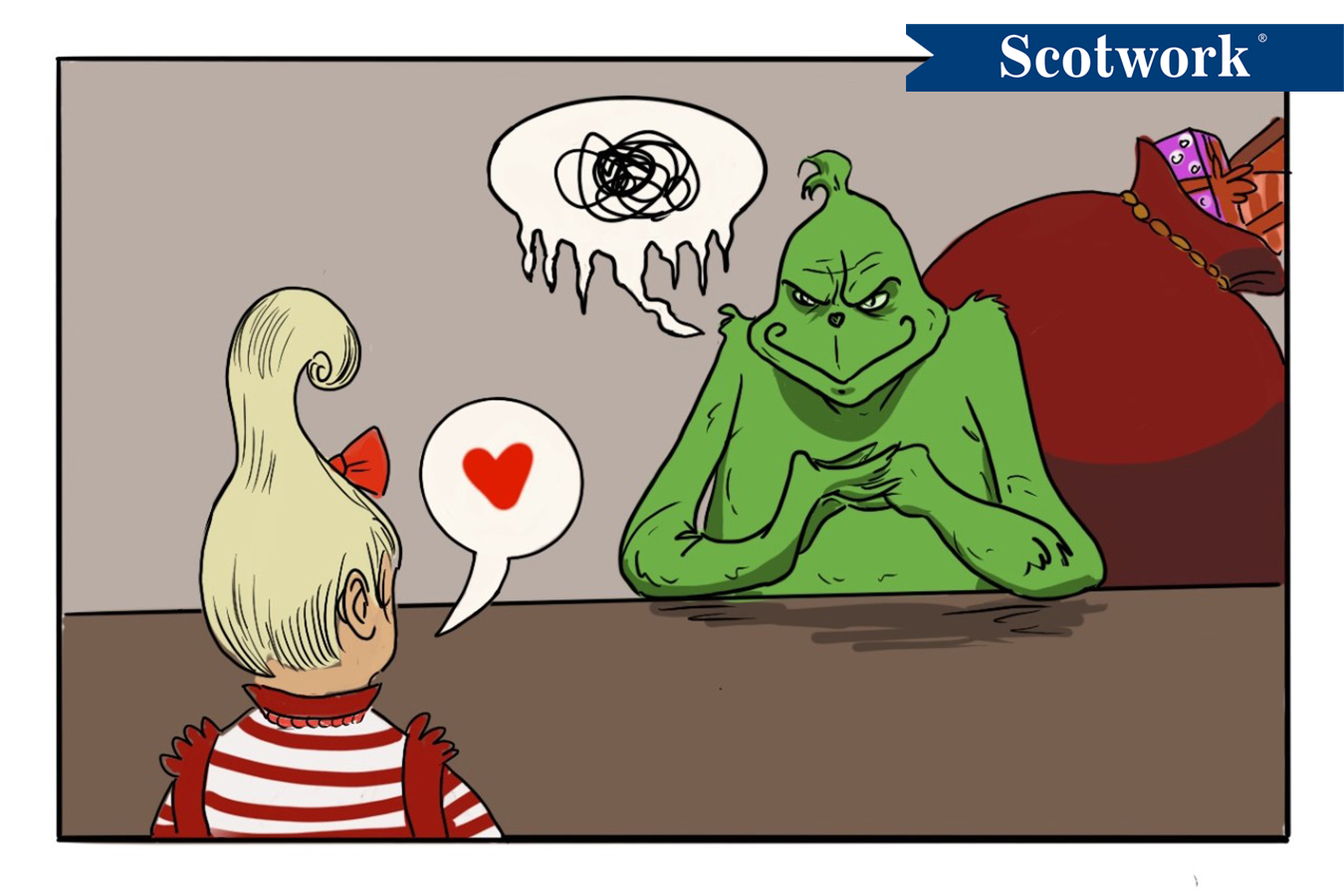It seems the Grinch has come to spoil the holidays for faculty and students alike at University of California campuses. A strike by 48,000 academic workers from every campus is approaching its fourth week. The workers have walked out, demanding higher wages and increased child care benefits. As I watch the spectacle unfold, I can’t help but think that it all could’ve been avoided.
I was born and raised in California, where I still live today. I’m a product of the state’s public school system, including going to UCSB and getting a master’s degree from UCLA. I have one daughter in the UC system and another applying. Needless to say, I’m watching the strike with keen interest.
The striking workforce is critical to the UC system’s operations. In particular, these people have a significant impact on student life in the classroom. They often supplement professors by providing individualized instruction, running labs, grading papers, and whatever else professors need done. For students in the fall semester, the timing threatens to disrupt classes ahead of final exams. It could also mean delays in grading and other essential academic feedback.
In addition to its impact on student life, the strike has concerned politicians and California lawmakers weighing in. According to The Washington Post, 36 California lawmakers sent letters to UC President Michael Drake, urging him to avert the strike.
Given this negotiation’s impact on the nearly 300,000 students currently enrolled at UC schools, one can rightly wonder how it got to this point.
Strikes typically occur when negotiations break down with an employer and/or if collective demands aren’t met. At that point, union leadership calls for a vote; if enough members vote to strike, then a strike commences. In this case, 98% of workers voted to strike.
Naturally, there’s a breaking point — for both sides. The employers would rather deal with a strike than meet the workers’ demands. The workers would rather strike than accept the other side’s offers.
When there’s such a chasm, a deadlock might seem inevitable. However, deadlock comes at a cost — to reputation, time, and the bottom line. Worst of all, some of that cost is unrecoverable.
To avoid such a cost, both parties should consider these 3 tips:
- How can we say “yes”? When the other side makes demands that we don’t like, we tend to reject them. But a skilled negotiator considers what they need in return for their agreement. They may not be able to say “yes” to everything, but creative thinking helps to create options.
- Make the gaps look small. Sometimes we’ll reach an impasse because the chasms between two sides seem too great to cross. By making them look smaller, we can make the impossible seem possible. For instance, a $519-a-week increase looks a lot smaller than a $27,000-a-year increase, but they’re exactly the same.
- Highlight progress often. Momentum, or the perception of progress, can help prevent deadlocks and stalls. But it must be highlighted frequently so that no one loses sight of what’s been accomplished. When there’s a threat of deadlock, use potential loss of momentum as a deterrent to walking away.
Just as Cindy Lou Who was able to soften the Grinch, these tips can help even the grinchiest of negotiators stay at the negotiating table. In terms of the University of California strike, hopefully everyone’s hearts will grow three sizes bigger, and we’ll see a positive end to this negotiation before winter break. Good luck to all involved!

